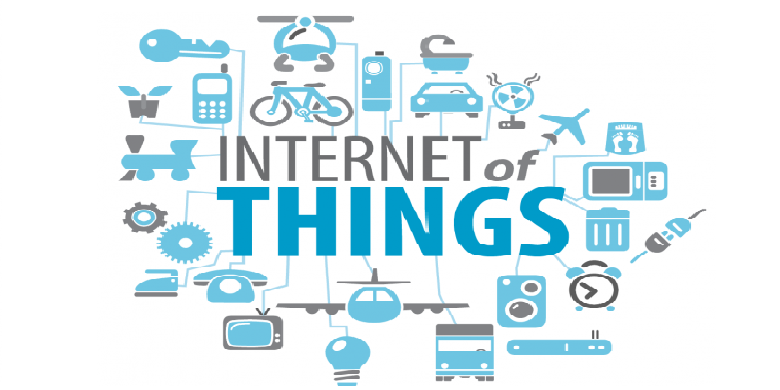Only 5G and no other cellular and long-range wireless can maintain around a million systems per square km
What Is IoT
IoT or the internet of things area becomes bigger so fast that it is the biggest market now it keeps growing. Many IoT categories are growing faster, others are just developing and few of them are in between. Besides, the connectivity features of different devices and apps are various – some of them have a high level of deflection, and others work with delays and can function with the narrowband connection.
For instance, let’s see on self-driving cars and telemetry-based healthcare areas, there is possible tolerance can be only zero and depiction information should be given at ultra-HD bit rates. Also, sensor information from a producer center or from a clever meter to the needed servers cannot be given in real time in general. Actually, it can be totally at a level of gateway before its sending to the server for working with, but it is not the needed option.
IoT information could require so various connectivity features that it looks impossible to have only one technology without wire that will satisfy all different connectivity features to IoT effectively and economically.
How LoRa Works
There is some low-power WAN technique that was produced to satisfy the features of low-bit-rate data transfer of a huge range of utility such as industrial or agricultural fields. One of these technologies with a good transaction of traction becomes a long-range communication protocol LoRa that was produced to solve the area in short-range techs that Wi-Fi is and WAN that 3G and 4G is.
When LoRa gives the benefits to satisfy the requirements of ultra-low-power for a range of low-bit-rate IoT connection, it has the limitation of a range and has to contact with a medium gateway before the information will be processed and sent to the main office. The price of actuating some gateways for a range of different IoT scenarios must solve the economic goal of using the not actually cheap decision as LoRa. Plus, a type of decisions like LoRa cannot be used many apps of IoT with prerequisite streaming of HD and ultra-HD.
What to Expect from 5G
5G has a potential to satisfy a lot of IoT requirements to the low-bit-rate and ultra-HD, and help to avoid the intermediary gateway that will lead to additional money savings. Besides, 5G will have a possibility to cover about one million IoT appliances per square kilometer that no other modern wireless technology has.
The ecosystem of IoT is proceeding very fast, and the ecosystem of 5G is proceeding as well. Scientists say that in 2020 50 billion united devices will be created, the 5G will be developing fast toward validation by then. Last year Fujitsu Laboratories made an archetype wireless that provided high-speed broadcasts that exceed 10 Gbps, applied for 5G mobile wireless base spots and points of access, with keeping low power expenditure levels like Wi-Fi.
A few times ago IoT had an immediate context for cars industry or power distribution utilities. Because of the bigger focus on IoT and the whole of its ecosystem, the position is changing very quickly. IoT will create the wide-ranging apps now in smart homes fields, cars tracking, health and agriculture. Plus the function of cloud-based apps sending and IoT becomes the most popular in the world.
But thinking about next type of cellular technologies to have the prosperous and functional role in IoT world, the device and its creators must begin to develop, check, test and improve their products right now or even yesterday. To activate and make this process faster, the software and hardware sets must be accessible in time, where the part of chipmakers is important. It is easy to fab the chipsets with a developing market and it is different to send platforms where the IoT devices will be created. Verizon and Qualcomm Technologies Company improve the IoT developing and introduce new modules. These modules were available in 2017.
Technologies of Qualcomm made the revolution in smartphone developing and connected together millions of people. It became the first in 3G and 4G and is leading to 5G now. Products of this company are developing all the time and help automobile, IoT, healthcare and calculating areas to do the same. Billion of people are connected now, what was impossible before.
click here for further information





